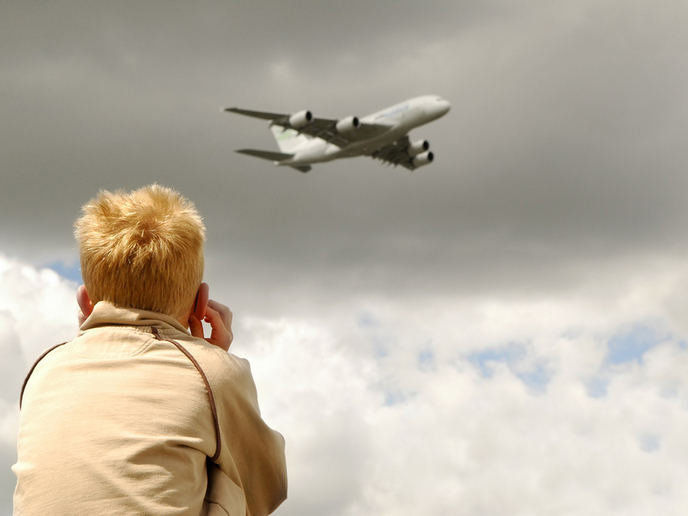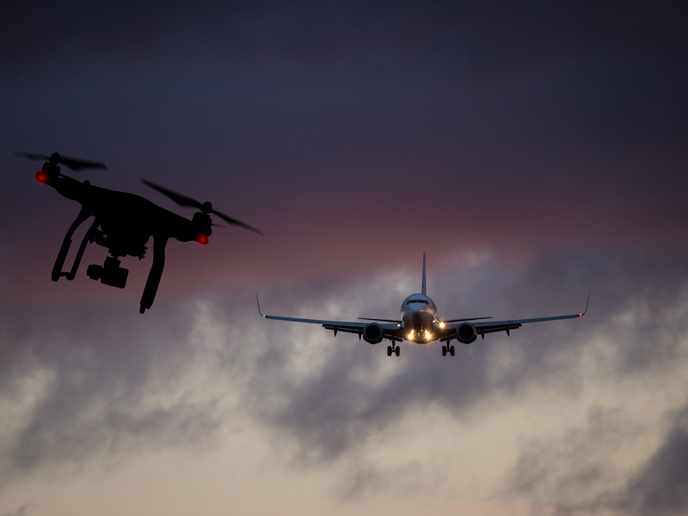EU researchers: “Expecting to reduce noise disturbance only by operating quieter aircraft is a dead end”
ANIMA (Aviation Noise Impact Management through Novel Approaches) brings about a whole new, coherent and consolidated perspective on the problem of aircraft noise disturbance. The findings touch upon various points that can reduce noise-related annoyances, and also the importance of following suit. We already knew that noise in the direct vicinity of airports could cause health issues ranging from fatigue and mental health problems to hypertension and stroke. But this is the first time that such findings arise from a group of researchers that includes engineers, urban geographers, psychologists, sociologists and regulation experts. Together, ANIMA partners set out to evaluate scenarios for the future of aviation in light of the noise disturbance issue and its impact on health. They engaged in dialogue with airports and affected communities in the cities of London (Heathrow), Amsterdam (Schiphol), Marseille, Ljubljana, Frankfurt, Budapest, Iasi and Kiev. “We found that any intervention intending to reduce annoyance must be first scoped through guidance and structured exchanges with communities. You cannot imagine how many goodwill interventions failed just because the preconceived ideas of their promoters did not fit with the actual expectations of the communities. Or even because structured exchanges weren’t based on fair, transparent and understandable information provided to communities,” says Laurent Leylekian, European Affairs Officer at ONERA and coordinator of ANIMA. Likewise, he explains: “Measures pertaining to a so-called ‘balanced approach’ of the International Civil Aviation Organisation (ICAO) must be enforced as soon as possible and not only once the threshold of 50 000 movements a year is reached. What policymakers must remember is that aviation noise is less and less a technical issue and more and more a social, regulatory and political issue.”
Tools for smaller airports
Besides its set of findings and recommendations, ANIMA provides useful tools. There is first the ‘Noise Management Toolset’ – an application for airports or local authorities to compute noise maps and an awakening index. With this information, they can test the impact of different scenarios with various fleet compositions and flights. The tool may incorporate new types of aircraft, new types of engines, demographic changes or insulation schemes in order to test the impact of these elements. Then, the team created a mobile application that may help airports and authorities to dynamically capture expressions of annoyance amongst travellers. Such tools may be especially useful to smaller airports. “Some small airports like those in central and eastern Europe may be very interested in reducing noise disturbance, but what should they do? Where do they start and how do they deal with the enormous number of regulatory texts? We are confident that ANIMA’s outcomes – that will soon be available on our website – will help them take the first steps. For example, we had very positive feedback from some locations in which the dialogue between the airport and the neighbouring communities used to be interrupted. ANIMA actually helped resume this dialogue,” Leylekian points out. While ANIMA is indeed a great step forward, Leylekian admits how it doesn’t mean that we know all about aircraft noise-related annoyance or that research must be stopped. If anything, he rather sees opportunity in the EU’s forthcoming Green Deal. “The idea would be to help airports to implement recipes and use tools developed in ANIMA in a broader environmental context: local noise issues and global decarbonisation issues may come hand-in-hand. We must depart from the idea that gaining on the one side would necessarily mean losing on the other.” He even envisions a form of ‘Airasmus’ for the future: a kind of Erasmus of Airports in which experts from more advanced airports could bring their environmental experience and know-how to those willing to start the journey.
Keywords
ANIMA, noise disturbance, aircraft, airport, citizens, health







